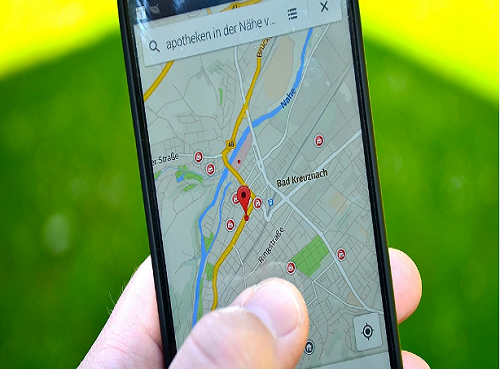Mobile devices have become an integral part of our lives. Not only do we use them for social interactions and leisure, but we’ve also begun taking advantage of them in the workplace. Companies are leveraging the power they bring to optimize processes and to streamline efficiency.
The shift from desktop to mobile is now a fact. Companies steadily realize the necessity of developing an experience that functions just as well on mobile platforms. We saw that the first step in this direction was the creation of optimized websites. However, given the restrictions they imposed on mobile users, they were quickly proven to be less efficient.
This is where enterprise apps stepped into the picture. With complex structures and numerous capabilities, apps of this kind quickly turned out to be the standard that companies of all sizes were aiming for. Naturally, with the growth of the impact of mobile devices, a mobile-first approach has become paramount for enhancing mobile app user experience.
Mobile is the new normal
Mobile used to be an option or an extra step for pioneer companies. It was assumed that people wouldn’t like to perform complex tasks on their mobile devices. However, with the latest technological advancements, these devices can now be used for just about anything.
Now consumers use mobiles for all kinds of things, from booking a flight to purchasing luxury items. 63 per cent of all Google searches were made via mobile in 2019, accounting for 48.7 per cent of the overall website traffic.
The numbers speak to the fact that mobile is the new routine and enterprise needs to consider the mobile-first approach when planning a mobile app development.
Ensuring scalability
If you can’t scale down something to work on mobile, you can make it mobile-first. Adjusting it upwards, later on, would be way more comfortable and wouldn’t affect functionality. You can always add more features and make it work for desktop, but scaling down would most likely affect the core of the website and its purpose.
Don’t forget the back-end systems
When you consider the mobile-first approach, there’s more than just apps you need to take care of. Just like they have unique development requirements, the back-end systems to which mobile apps connect also do. Their usage patterns are entirely different for websites and web-based applications.
The mobile apps functionality should also be added to the back-end system to enable background syncing. This means, every time the app wants to sync data, connected back-end systems have to be ready to receive it.
Here comes the mobile-first approach again. The traffic patterns of mobile apps are much tenser. People like them because they can be used whenever and wherever they wish. Sometimes, mobile apps may experience vast waves of traffic when users share a content piece on social media.
These separate back-end systems could be beneficial for enterprise as well, for securing employee work and avoiding significant data leaks in case of an emergency. It’s one of the reasons why the enterprise mobility management market is expected to generate revenues of USD$2,9 billion (more than a 150% increase from 2014).
Mobile-first requires focus
Enterprise mobile app development is challenging itself. Designing with a mobile-first approach could be even harder. Many development companies are now used to taking a desktop experience and finding the best ways to make it suitable for mobile. Beginning with the smaller screen is an entirely different process.
The main thing needed for taking the mobile-first approach is focusing on the needs of the user. The company needs to figure out the essence of its message and product so that it’s effectively presented in a mobile app. No additional flashy widgets should be used to grab user attention.
If you look at it the other way around, a mobile-first approach allows businesses to focus on what matters and get rid of any distractions that aren’t that connected with their primary purpose.
Today, businesses start to consider the importance of investing in a mobile app for their website. As mobile affects all aspects of our lives, the enterprise can’t ignore all the advantages this comes with. For instance, companies gain 240 hours of work per year from the employees using mobile enterprise apps.
Such are mainly used for higher engagement of people with their jobs, as we’re engaged in our mobile devices daily. This has made businesses invest not only in making their websites mobile-friendly but in a whole new mobile-first approach. It’s a solution that meets the increasing user demands, making it preferred by the enterprise.
Source: e20










